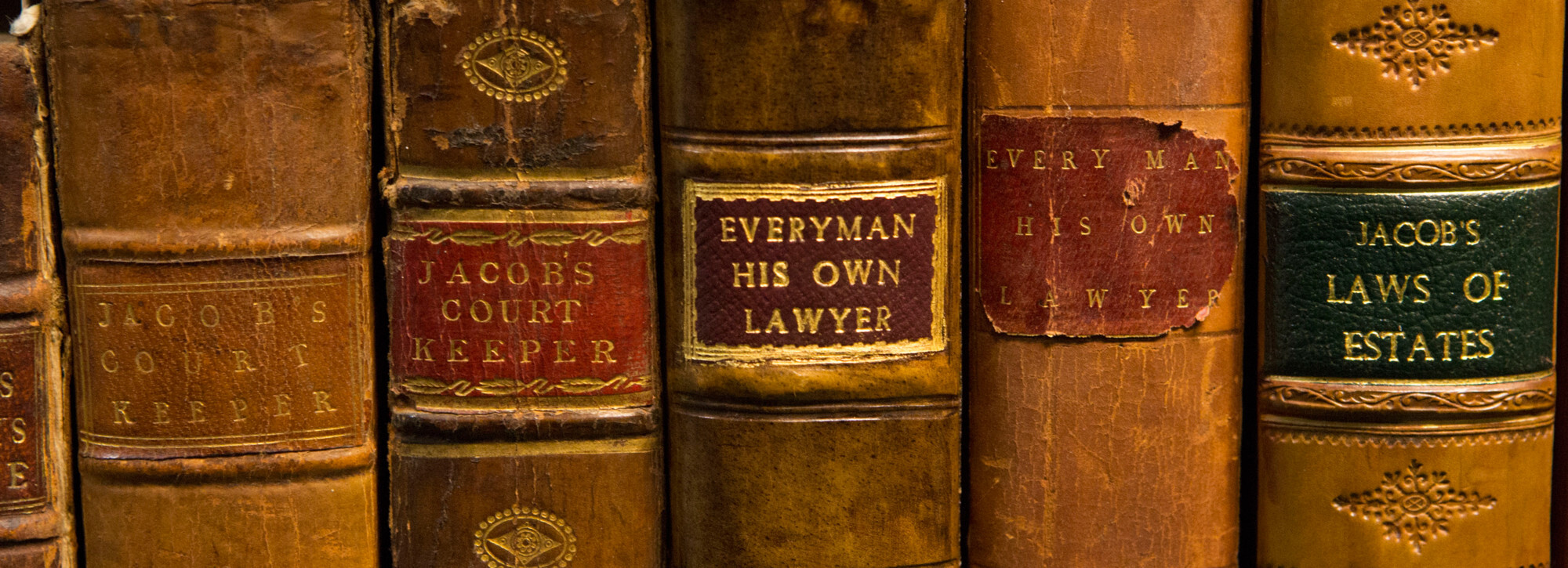Law & Economics History
Law and economics has evolved in the last 45 years into a major strand of legal thought that has its advocates and critics. Recently, modern work in political science and psychology is also being integrated into the field, echoing the impact that these fields are having on economics in general. With the growth in the number of scholars with advanced degrees in both law and economics, the cross-fertilization between the fields has reached a new level of sophistication. Law and economics is sometimes wrongly associated with a libertarian point of view that seeks to minimize the role of the state. That position does describe a portion of the field, but it is a deeply misleading characterization of the diversity of approaches that fit under that label. Yale Law School represents a broad and eclectic approach to the subject that includes faculty whose only commitment is to rigorous analysis and reasoned argument.
In the 1960s, beginning with the work of Guido Calabresi at Yale and Ronald Coase at Chicago, scholars moved the field of law and economics beyond its home base in anti-trust and public utility regulation to encompass the common law fields of torts, contracts, and property. Central to Calabresi’s early work on accident law, written during his early years at Yale Law School, was a commitment to begin with a problem — in his case, the prevention of accidents and the provision of compensation to victims—and then consider alternative institutional structures to deal with this problem. One existing institution concerned with accident prevention is obviously the law of torts, but Calabresi sought to integrate the study of torts with other options such as workers’ compensation systems and, for automobile accidents, insurance and laws governing such things as speed limits, traffic signals, and road and vehicle design. The aim was to imagine a toolkit of institutions that could help alleviate the problem and to consider the relative efficiency, legitimacy, and fairness of alternative mixtures.
This general commitment to problem-solving and to looking beyond single institutions for solutions continues to be the hallmark of the Yale Law School scholars working in the fields of law, economics, and public policy. Several are also pioneers in the empirical analysis of legal phenomena, developing their own data and analyzing it to provide insights in present day issues.
In the years since Calabresi’s seminal and influential work, our research has continued to inject new ideas into public policy circles. Often, it is directly cited or made use of by policymakers and judges. Here are just a few examples. Roberta Romano published a critique of the Sarbanes-Oxley Act that was mentioned in the The Washington Post, attracted attention from congressional staffers, and caught the interest of Herb Wander, co-chair of the SEC’s advisory committee on small firms and Sarbanes-Oxley. Henry Hansmann’s work has been most widely cited in debates over corporate law and tax policy involving nonprofit organizations. He sits on the advisory board of the American Law Institute’s project to reformulate the principles of the law of nonprofit organizations. Susan Rose-Ackerman’s work on corruption has been translated into a dozen languages and used as a template for reform programs in developing countries. George Priest, one of the nation’s foremost antitrust scholars, has played an active role in promoting tort reform at both the state and national levels. Bruce Ackerman has written several policy books and opinion pieces in recent years that have provoked considerable debate. One of them, the idea of giving every 18-year-old a financial stake in society, was adopted in a modified form by Tony Blair’s government. The empirical studies of Ian Ayres concerning such issues as the biases of car salesmen, the operation of the bail bond system, and the link between abortion and crime have all been well covered in the press and provoked much discussion in the media and the policy community.
